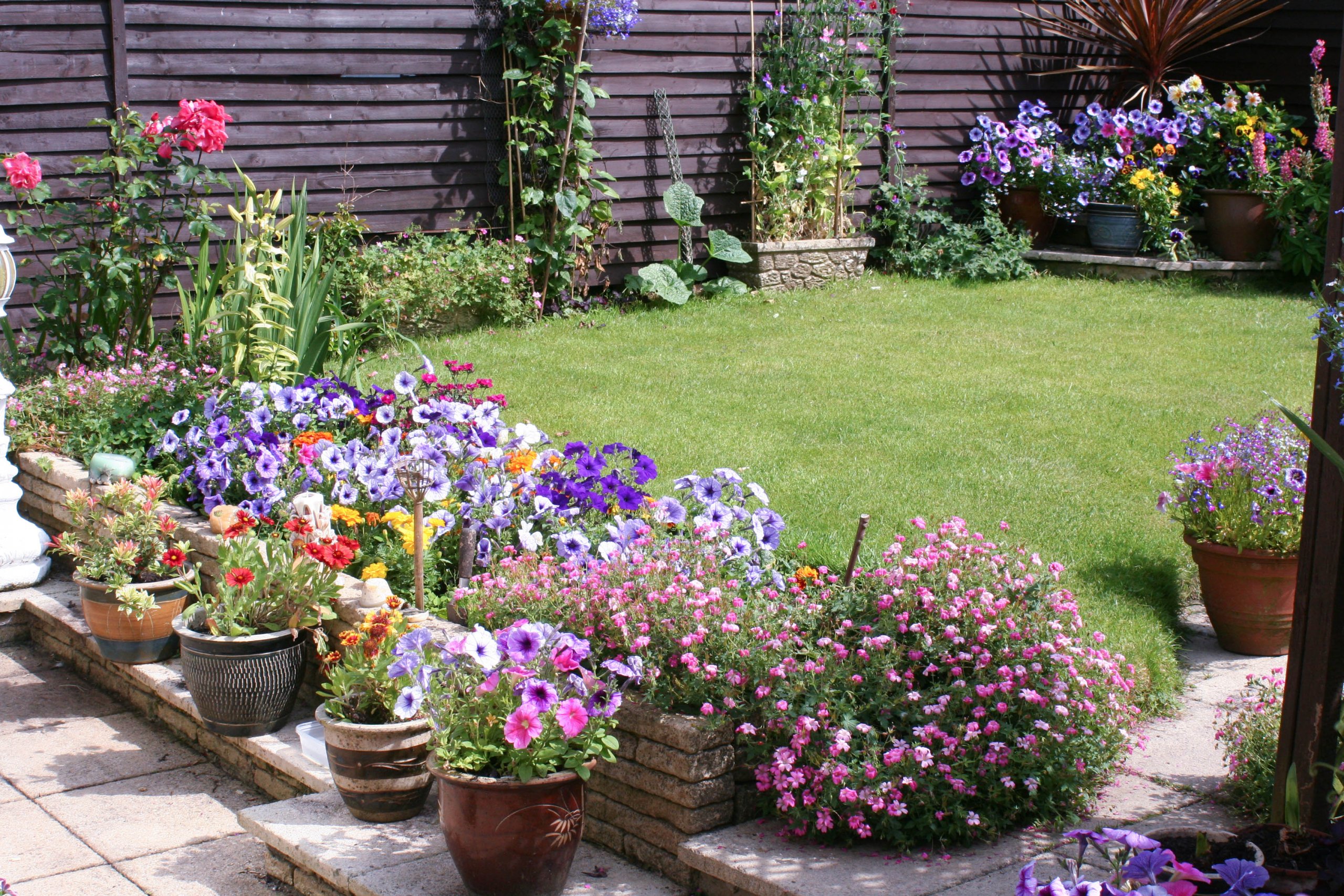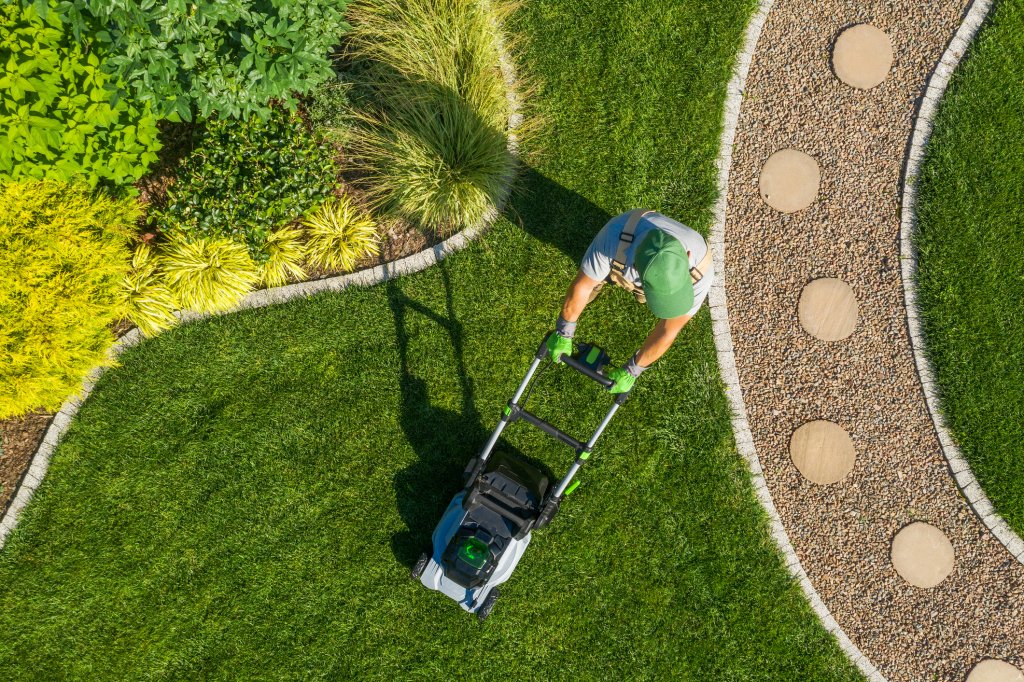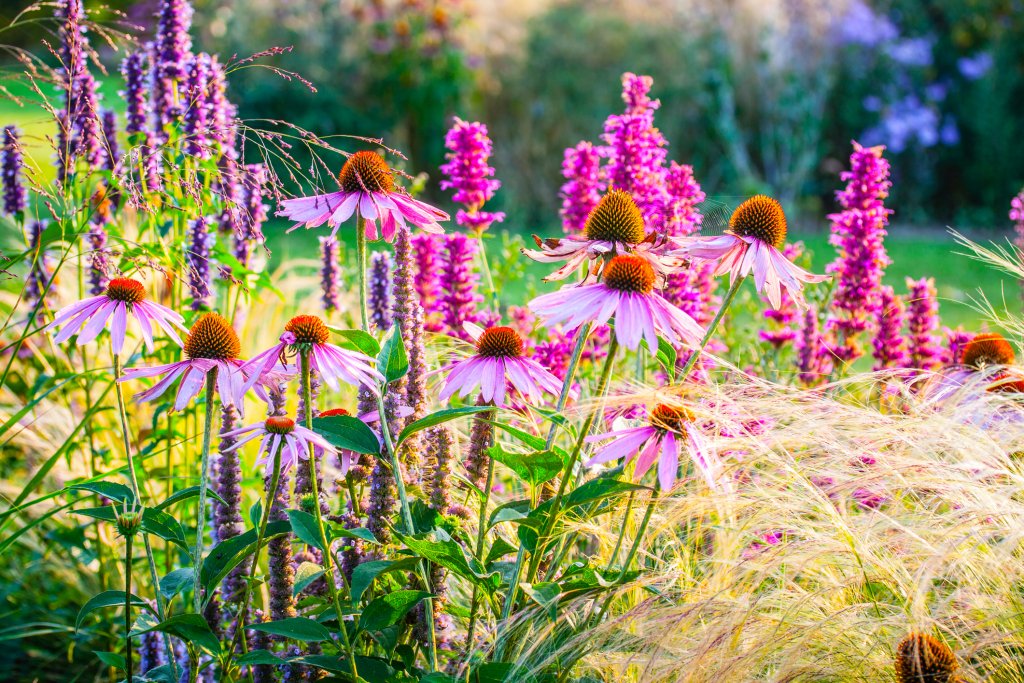
Spring is back in full swing, which means it’s time for you to get your spring yard to-do list written and ready for your first Saturday of the season. Whether you have a small and simple yard, a beautiful and bountiful garden with dozens of delicate buds, or something in between, there’s a lot to do. Let’s get to it and make sure you don’t forget anything critical with a step-by-step yard work checklist!
Your first step in your lawn and gardening checklist should be to take a trip around your yard, both front and back. Take some time to walk around and take notes of anything important you see. Does one of the fence posts need to be repaired or repainted? Is the lawn looking a little under the weather even with the return of the sun?
Taking a brief trip around your yard can help you plan out your next actions and ensure that you tackle the most pressing problems first.
If you own a garden, it might be time to test its soil. Generally, you should test your garden soil every three and five years. This lets you see what organic nutrients it might have accumulated so far and which ones may still need it.
For example, your soil might have a lot of phosphorus. After discovering this, you can stay away from certain lawn fertilizers packed with phosphorus to avoid oversaturation.
Only after testing your garden soil should you feed it nutrients, pre-emergent herbicide, or any other type of fertilizers. One good rule of green thumb: top dress your garden soil with about an inch of compost or manure. The weeks just before plant bulbs begin to appear is a good time to do this, as it gives your garden plants an extra boost of energy and nutrients to push through the soil and emerge for a great growing season.

You need to take a look at your lawn, too. Depending on the type of grass you’ve planted (warm-or-cool season grass), your lawn might have built up a thatch layer. Thatch can be good or bad, depending on how much your lawn has. Too much can lead to dryness and growing problems.
Regardless, a good spring lawn care strategy will include:
By taking a few days to care for your lawn as winter retreats, you’ll have a healthy and vibrant lawn for the spring and summer months!
No yard-work and landscaping checklist is complete without examining your yard work toolkit. For example, if you have a lawnmower, flip it up and take a look at its major components. Examine the spark plugs to make sure the mower runs smoothly and (carefully!) feel the blades to guarantee the mower can cut grass blades quickly and effortlessly come Saturday morning.
Or maybe you have pruners that are getting a bit dull and could use a sharpening session. After sharpening their blades, run a cloth with some polishing oil over the handles to make using the pruners comfortable and easy to grip.
Checking your yard work tools before your chores start to pile up will save you major headaches in the future.
Healthy grass grows back quickly once spring rolls around. After aerating your lawn and reseeding as necessary, give it a good trim and be sure to cut down overgrown foliage encroaching on your garden or pathways.
But wait! Don’t throw any mulch or green debris away. Instead, do yourself a favor and throw it in a compost pile for later. That compost can be used for fertilizing your garden or lawn and save you a bit of cash later down the road.
Your perennial plants – those robust species that survive the winter and return to sprout again in spring – may need some attention. Many homeowners like to divide their perennials before spring growth begins. This involves digging up the hibernating plant and separating it into smaller divisions.
Dividing or moving your perennials around your garden yields benefits, such as:
Keep in mind this is a significant job – it might take a few days or weeks to do from start to finish depending on how many perennials you have on your property!

If your yard is home to trees or large shrubs, take your freshly sharpened pruners and cut them down to size. Depending on the height of trees on your property, you might consider hiring an arborist to do the job for you. No one wants to start spring with a broken ankle because they were a little over-optimistic trimming tree branches!
Although we see a major division between winter and spring on our calendars, nature is not always so cut and dried. Sometimes, winter can sweep back for one last frost of the season, especially if you live in a northern state.
If you hear about freezing temperatures for your area’s forecast, grab tarps, towels, or even old sheets. You can cover your early budding plants with these materials, which should prevent them from being affected by the frost.
If you’ve got stonework or wooden paths, you’ll also need to tackle a few hardscaping tasks. Check any stonework paths for frost heaves around the edges. Then check your deck or patio – particularly if they’re made of wood – for water warping or other damage. Sometimes winters can be so severe that you’ll need to repair your backyard deck.
The information and materials provided on this website are intended for informational purposes only and should not be treated as an offer or solicitation of credit or any other product or service of Regional Finance or any other company. This website may contain links to websites controlled or offered by third parties. We have not reviewed all of the third-party sites linked to this website and are not responsible for the content, products, privacy policy, security, or practices of any linked third-party website. The inclusion of any third-party link does not imply any endorsement by Regional Finance of the linked third party, its website, or its product or services. Use of any third-party website is at your own risk.
Sources accessed 2/21/2022 –
PennState Extension – Managing Thatch in Lawns
University of Minnesota Extension – How and when to divide perennials
You can prequalify for your personal loan online in just minutes by clicking prequalify now. Or, if you prefer, call or stop by your local branch to get the process started. Our loan specialists can answer any questions you may have such as what a personal loan is, understanding personal loan interest rates, and how to qualify for a personal loan. We’ll help you fill out an application for the type of loan that fits your needs.